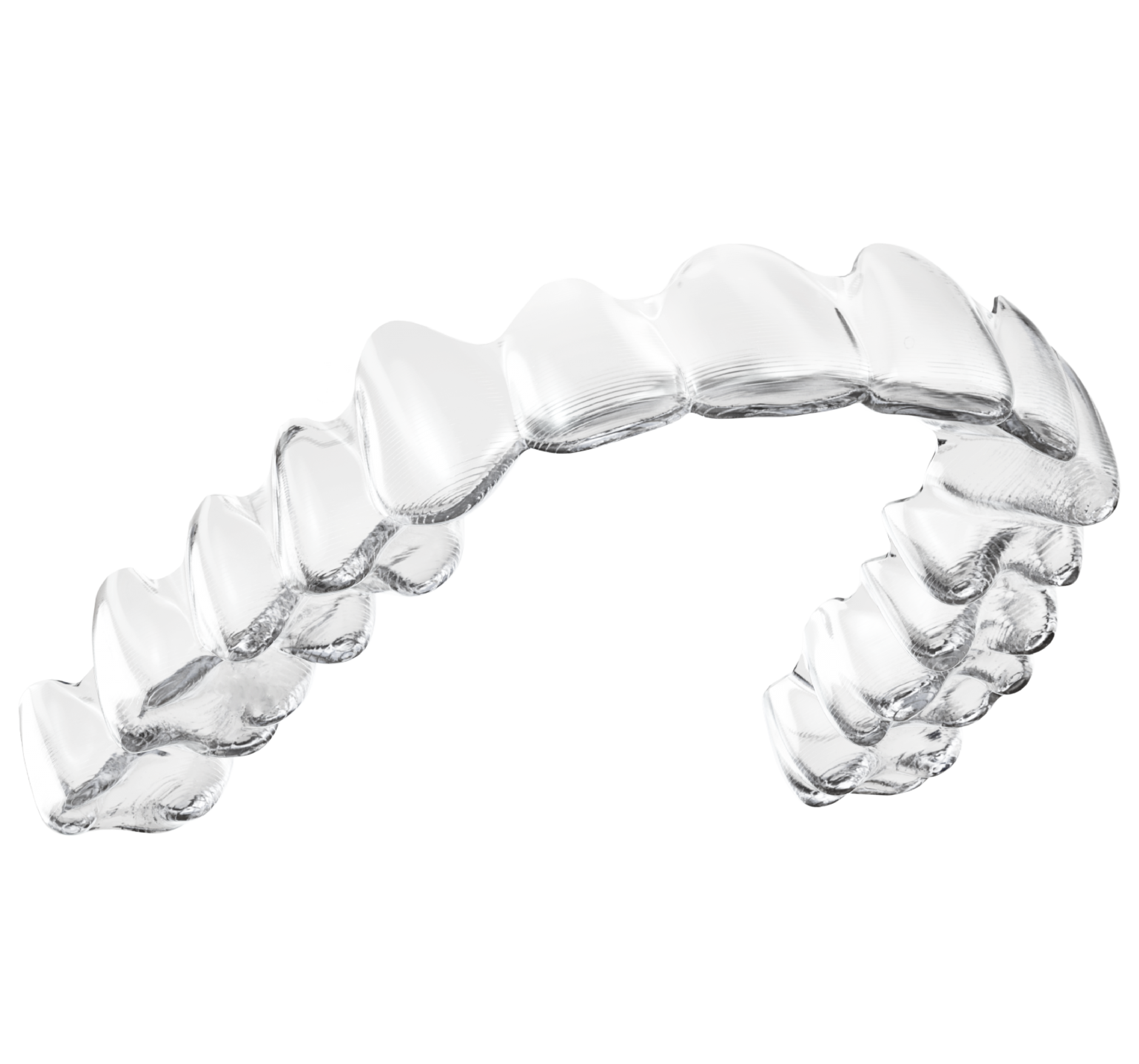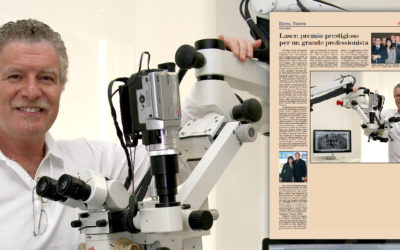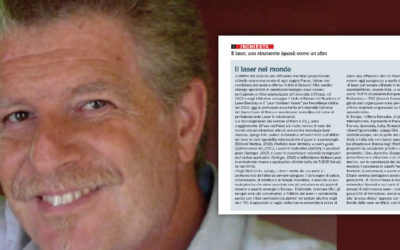Orthodontics
Invisible, fixed or functional orthodontic treatment, depending on the age and needs of the patient
Orthodontics
WHAT IS THAT?
Treating teeth alignment for healthy, good-looking teeth in harmony with the rest of your body .
Dr. Genovese, who holds a Masters in Postural Gnathology, treats dental malocclusion in relation to the body as a whole, by paying particular attention to the muscles and joints of the head, neck and shoulders, the position of the jaw, and the posture of the body.
Inlaser is specialized in innovative orthodontic therapies, is certified for Invisalign® therapy, to treat any orthodontic problem, depending on the patient age.

EVERYTHING
YOU NEED TO KNOW
How it works
Functional Orthodontics is suitable for treating very young children during the teething phases, It tackles the root causes of malocclusion and stimulates balanced growth. Intercepting and correcting an orthodontic problem today, that will only get worse in time, will help the child to grow in a healthy way.

Invisible Orthodontics (Invisalign®) is suitable for adults of any age and allows them to have that smile they always wished for without having to accept any negative aesthetic discomfort.

Who is it for
Children, adolescents and adults of any age can benefit from orthodontic treatment. It’s advised to have a first orthodontic visit at around six years of age, in order to correct eventual problems with chewing and posture in time.
Main benefits
- Correct chewing
- More regular bone development
- Correct posture
- Less chance of encountering problems with the oral cavity
Frequently asked questions (FAQ)
When should the first orthodontic visit take place?
At six years of age, an orthodontic visit aims to intercept eventual imbalances in the growth of the teeth and/or bone. If not corrected in time, they will be much harder to fix in the future. Together with the orthodontist, the role of the pediatrician is crucial for identifying several illnesses at this young age (including adenoidal hypertrophy and other causes of breathing difficulty, short lingual frenulum) or any bad habits (such as sucking the thumb, using a soother/pacifier, or atypical swallowing that may cause problems in the development of the child’s bones, teeth and posture.
Orthodontics for children and adolescents: which treatments are recommended, and when?
Interceptive orthodontic treatment: From 6 years of age up to the complete development of permanent teeth (12-13 years). Treatment can be Functional, Mixed, or Fixed, and aims to intercept any dentoskeletal problems the child might have in order to guide the function of the teeth, and consequently their growth, towards a range considered normal.
Fixed or Mixed orthodontic treatment: After permanent teeth have fully developed (from 12-13 years of age and upwards). It is used to finish off or refine any interceptive treatments or to fix any imbalances in the number of teeth (oral agenesis or supernumerary teeth) or in their alignment and spacing (teeth crowding), or treat any dentoskeletal imbalances that were diagnosed too late during adolescence.
It is true that it’s better to wait until all permanent teeth have emerged before starting orthodontic treatment?
No. If an orthodontic problem is left untreated during growth it will make things even worse later on. The body will learn to accept the malocclusion as normal and will hence make the problem permanent by adapting the bone function and growth around it. In many cases an operation carried out at an early stage will achieve a result that is no longer possible if treatment is performed when the growth is complete.
Does starting orthodontic treatment too early mean that it will last for many years?
No. Depending on the specific case, the specialist can recommend to operate immediately (early interceptive treatment) or to keep the child under watch before carrying out the operation later on (with regular check-ups every 3-6 months). In the event of an early operation, the orthodontic treatment will finish with the correction of the existing problem, and the patient will be followed up to permanent dentition by means of regular check-ups and treatment of any further problems.
What is postural gnathology?
Postural gnathology deals with diagnosing and treating disorder in the occlusion and temporomandibular articulation (biting action) by understanding its relationship with the whole organism, but especially with the muscles and articulation of the head, neck and shoulders, with the mandibular position and the overall bodily posture. In other words, it means treating the masticatory system in a specialized way without ever forgetting that it is forms part of an ensemble of body and mind.
Orthodontics for adults: which kind of treatment is possible and when?
If treatment is recommended, adults of any age can benefit from an invisible orthodontic treatment (Invisalign) without having to suffer any aesthetic inconvenience: malposition, crowding, spacing, pre-prosthetic movement, etc. can always be corrected in a completely organic and functional perspective.
Orthodontics
Latest News
Premio prestigioso per un grande professionista
“E’ stata per me una grande sorpresa. Sinceramente non me l’aspettavo - dice - Anche perché non si tratta di un concorso al quale bisogna partecipare. L’assegnazione avviene attraverso un Comitato che esamina la qualità dei lavori e delle ricerche elaborate da chi,...
Il laser nel mondo
«L’utilizzo del laser ha una diffusione mondiale proporzionale al livello economico medio di ogni singolo Paese, fattore che condiziona domanda e offerta» A dirlo è Giovanni Olivi, medico chirurgo specialista in odontostomatologia: dopo essersi perfezionato in...
Sorriso Smagliante
Nell'articolo apparso su Doctor Os del mese scorso ho introdotto un argomento di grande attualità: la medicina estetica come nuova opportunità per la moderna odontoiatria. In questo articolo un preparato e noto professionista desidera condividere con tutti i lettori...
Sorriso Smagliante
Nell'articolo apparso su Doctor Os del mese scorso ho introdotto un argomento di grande attualità: la medicina estetica come nuova opportunità per la moderna odontoiatria. In questo articolo un preparato e noto professionista desidera condividere con tutti i lettori...
Contact us
Info and Reservations

Dental Practice
Dr. Olivi G. e Dr. Genovese M.D.
Address
ROMA - Piazza Francesco Cucchi, 3
Phone numbers
065815190
065809315







